
With many styles of dance to choose from it can be difficult to know where to start. If you are keen to try something new, we believe there is a style of dance that suits every individual. That said, it's common to find dancers enjoying more than one style of dance but how would you know which dance style would be right for you? Here’s some of the most popular genres of dance to get you started.
Ballroom and Latin
Starting with two of my favourites Modern Ballroom dancing and Latin American Dancing. Both danced with a partner and consisting of 5 dances, each possess individual rhythms and characteristics. Although sometimes considered to be the same style of dance given their similarities, such as dancing in a hold with a partner, they are in fact quite different given their origins. Both Ballroom and Latin dance are fantastic for social and competitive dancers of all ages making them a great all-rounder for new and experienced dancers.
Modern Ballroom
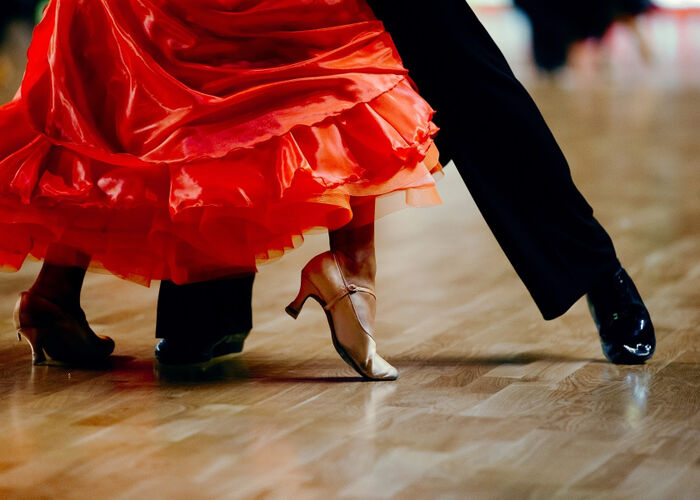
The first recorded emergence of ballroom dancing came from the sixteenth century writer Thoinot-Arbeau of his study of French renaissance social dancing. Modern Ballroom first began with the Waltz in England sometime around 1812. At the time considered inappropriate due to the closeness of the hold, the Waltz became popular and lead the way for the birth different types of ballroom dances which we know and love today.
There are a total of 5 Ballroom dances, they are the Waltz, Tango, Foxtrot, Quickstep and the Viennese Waltz, all of which have their own styling and tempo. They are danced with a partner in close hold with a body connection and a wide arm frame. Traditionally danced as men taking the leaders role and women being the followers, the man’s role is to lead the lady into various figures consisting of sways, rise and fall, partner positions and spins all with grace in order to create beautiful movement and shape emphasised by beautiful outfits, hair and makeup.
Ballroom is quite possibly the most social form of dancing around with many children and adults enjoying dance classes and social evenings. Don’t let that fool you though, high level dancers regularly take part in Medal Exams and Competitions. Although there is a lot on offer it’s not compulsory to take part in every area, you are free to be social ballroom dancer, medal dancer, competition dancer or take part for fun, some people like less and some like everything on offer.
Latin American
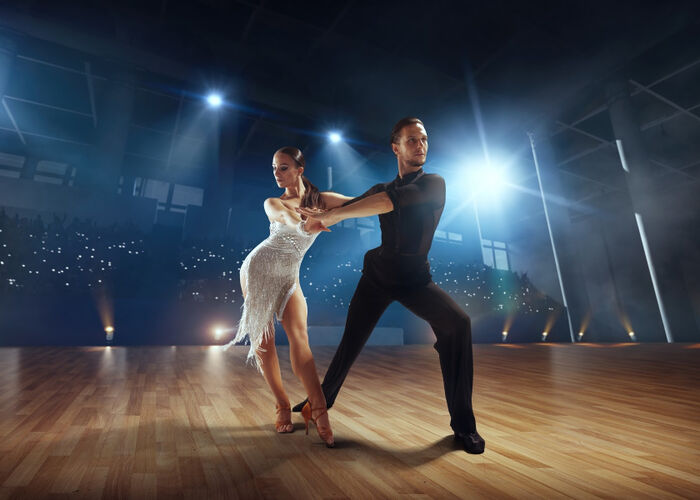
A dance style which derived from South America and believed to have been performed originally by the Aztecs and Incas. Possessing multiple American influences including most notably Cuban. Latin dancing arrived in Europe in the sixteenth century and has grown in popularity ever since.
There are 5 Latin American dances, they are the Cha Cha, Samba, Rumba, Paso Doble and the Jive. All have their own unique characteristics such as tempo, technique and styling, Latin dances are energetic, fast paced and performed with enthusiasm making for an expressive and fun experience. Danced using various hand holds, including one hand, two hand hold or no hold at all, dancers use diverse movements accompanied with explosive speed along with technical body action. This style of dance will certainly keep you on your toes!
Just like its counterpart, Latin is a very social form of dance which can be enjoyed in classes and social events. Competitions and Medal Exams feature regularly and compared to Ballroom dancing likely the more competitive style.
Ballroom and Latin Summary
To learn Ballroom and Latin you would usually join a class at a level that best suits your ability, the most popular tends to be beginner classes for adults. Children don’t usually have beginner classes as most children’s classes will accommodate different abilities. There is also an option to take private/one-to-one lessons which involves a teacher dedicated to yourself or both you and a partner for a period, usually 1 hour, these lessons are great for individuals wanting to improve at a quicker rate. Both styles are available in most areas across the UK.
Want to learn more about the different Ballroom and Latin dances? Check out our Dance Styles Page.
At Elite we love giving lots of free useful information, we regularly write articles to help you learn about dance.
Join our mailing list and receive lots of dance related updates.
Disco Freestyle

Taking you back to the 70’s when John Travolta lit up the cinemas with Saturday Night Fever, showing off his stylish moves, Disco dancing became the craze. Developed in the late 60’s and pioneered by Tom Moulton, popular Disco moves were created by taking inspiration from Latin American dance. At the start of the 80’s Disco dancing had its fall from grace thus opening the door to a new style, Disco Freestyle.
Disco Freestyle is a highly energetic form of dance, it involves runs, spins, kicks and leaps with eccentric arm and leg movements typically danced to high tempo music with the occasional slower routine. Sharing similarities to Jazz and gymnastics, the Disco Freestyle dancer needs to be strong and flexible to be able to perform fast paced diverse routines. The types of movements performed are created through improvisation thus creating diverse routines.
There’s lots of availability for Disco Freestyle given it falls into a slightly different category to most other dance styles. Many dance schools including both Ballroom and Ballet schools offer Disco Freestyle meaning many classes for different ages and abilities are available. Medal exams and competitions also make an appearance with dance schools regularly hosting exam days and tasking part in regional and national competitions.
Ballet
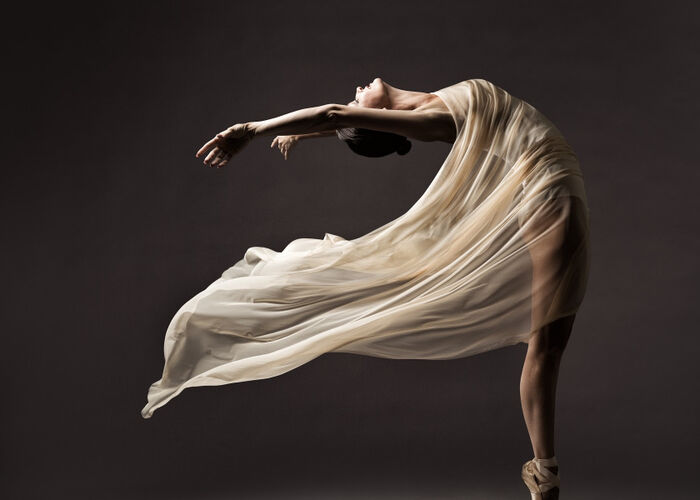
Developed in the Italian Renaissance during the fifteenth century and later performed in front or audiences in France and Russia due to large influence from the French King Louis XIV and later becoming widespread being practiced and performed globally in theatres. Ballet is known for its highly disciplined and technical characteristics.
Ballet is considered one of the most beautiful dance styles due to the skill and discipline of performers combined with performances being danced to classical music in dramatic settings and eccentric outfits. Ballet has several different branches including Classical, Contemporary and Romantic, each bringing a different flavour to their respective performances and amplified methods such as training techniques, style of music, costumes and footwear truly diversify one from the other.
If you are looking for a highly disciplined style of dance which expresses simplistic movements through classical music, then Ballet is a great option. Available to all ages and abilities however, many local dance schools typically target classes towards children from very young ages through to teenagers and young adults. Classes range from beginners to advanced levels and split into age-appropriate groups. The high popularity of Ballet tends mean there are many Ballet schools and lessons are available in most cities and towns.
At Elite we love giving lots of free useful information, we regularly write articles to help you learn about dance.
Join our mailing list and receive lots of dance related updates.
Contemporary
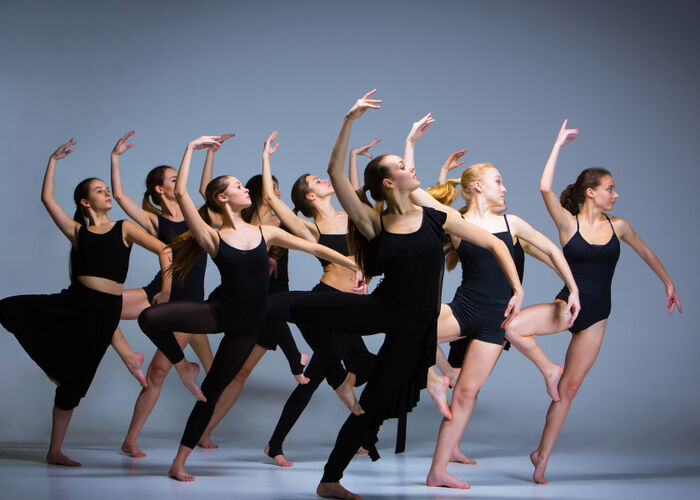
A more recent style of dance which was developed in the twentieth century with great influence from Merce Cunningham and his dance company, Contemporary has since become one of the more popular forms of dance across the world, mostly in America and Europe. Well known for its similarities to classical styles of dance, contemporary incorporates many characteristics from Ballet, Jazz and other Modern dance styles.
Perceived to be quite disordered due to creative freedom and unpredictable changes in rhythm, speed and direction, technique still plays an important role, most notably the refusal to use Ballet’s leg technique in favour of Contemporary’s own modern dance stress on torso, a skill where the performer releases tension in the body, highlighting the importance of technique to enhance performance. With fast and slow movements, changes of height and expressive actions all whilst keeping similarities such as symmetry found in Ballet, Contemporary is a fun from of dance.
Going hand in hand with Ballet and Jazz, Contemporary is readily available at most performing arts schools. Classes for children and adults of varying levels take place, from beginner through to advanced ability with a similar structure as mentioned in the Ballet sections above.
Hip Hop
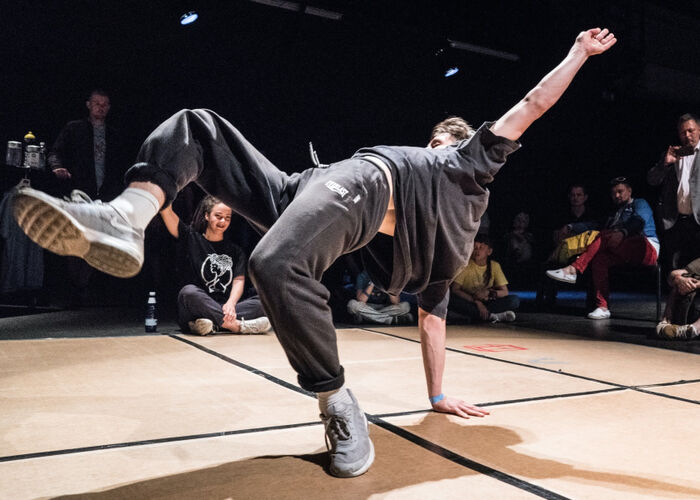
Hip Hop is a genre of dance that incorporates different styles of dance such as Jazz, Ballet, Tap and is a broad term used for various styles of street dance with Popping, Locking and Break being some of the most popular. Developed in the 70’s in the United States, Hip Hop became to be known for its improvisation and made way for iconic dance moves like the Running Man and the Worm which took the world by storm.
Taking a closer look at Hip Hop you will see its name is a broad term which puts varying styles of street dance into one genre, but this isn’t to say that they are all so similar. Each form of street dance brings their own stylistic identity which is clear to see when looking at break dancing with its acrobatic moves. Many of the styles can be danced either solo or as a group, synchronised routines are frequently performed in front of audiences, most notably on TV shows such as Britain’s got Talent.
Hip Hop is popular enough to have their dance schools located across towns and cities offering classes starting from young children through to adults for all abilities. Whilst classes are available for all ages it’s good to know that focus is towards children and young adults.
Summary
To summarise, dance classes of many styles are readily available across cities and towns hosted by different dance schools. Each style of dance has characteristics offering qualities for all types of dancing personalities, perhaps you're a bubbly and energetic person, then disco could be an ideal fit, or maybe you're more of an introvert which where ballet would possibly prove to be your dance. We hope by reading our short article you are now able to narrow down which dance style could be your perfect match?
At Elite we love giving lots of free useful information, we regularly write articles to help you learn about dance.
Join our mailing list and receive lots of dance related updates.

There are 0 comments
Comments (0)
Add your comment